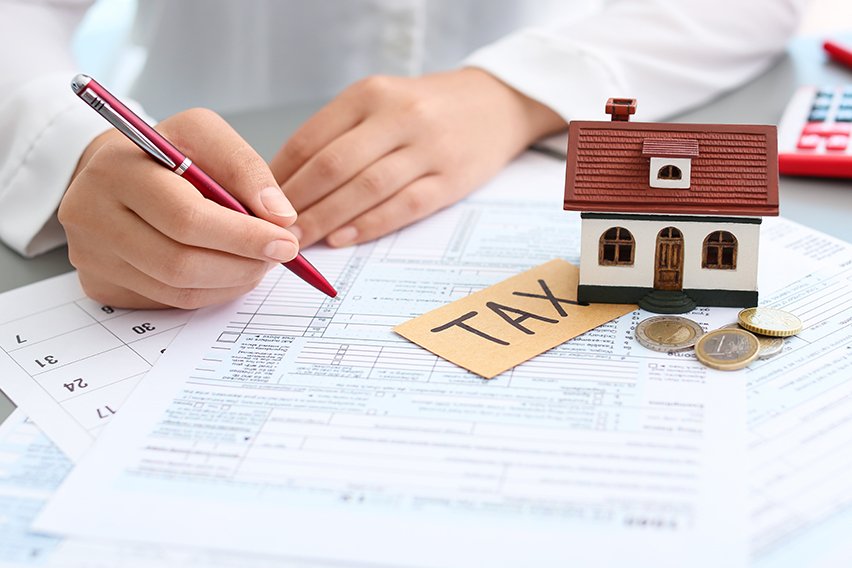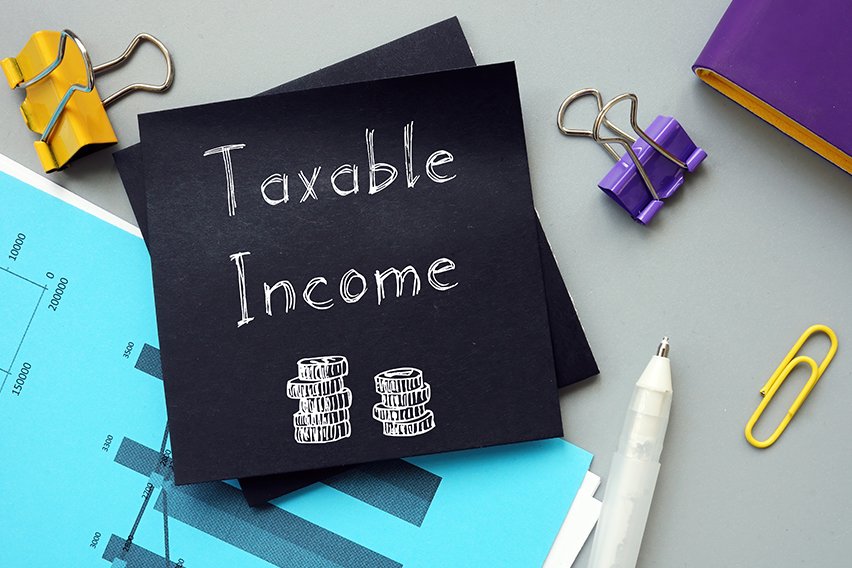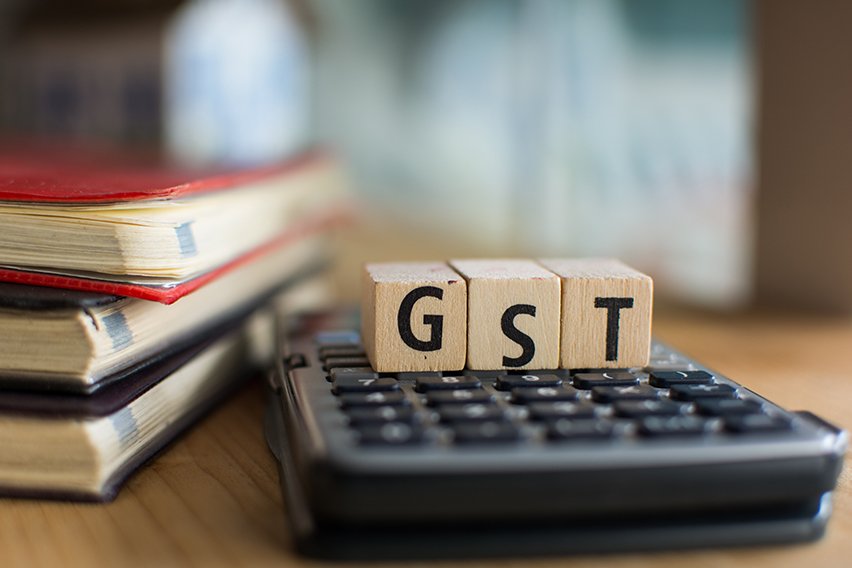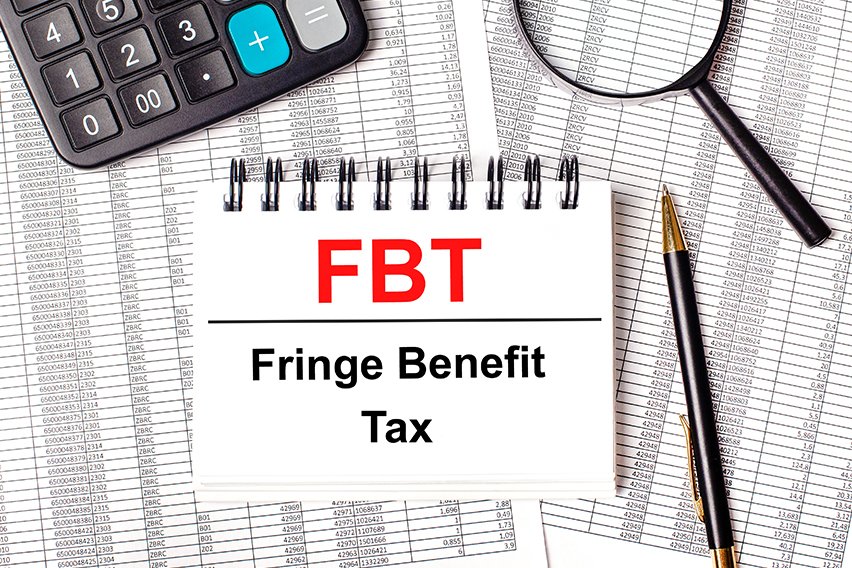What Is a BAS Statement? A GST Guide

If you’re running a business in Australia then it’s likely you’ll have heard of a Business Activity Statement, or BAS.
BAS statements are an important part of running an Australian business. Yet when it comes to the time to complete them, it can be a stressful experience. Especially if there hasn’t been enough money set to one side to make the payment.
But what exactly is a BAS statement, and what are the important things you need to know when approaching the payment process?
We’ll take a closer look as we dive into BAS statements in our GST guide.
Here’s What We’ll Cover:
How Do You Do a BAS Statement?
How Do You Lodge a BAS Statement?
When Should You Lodge Your BAS Statement?
What Is a BAS Statement?
If you’re registered for the Goods and Services Tax, or GST, then you’ll need to lodge a BAS statement. The Business Activity Statement, or BAS, needs to be completed on a monthly, quarterly, or annual basis.
The aim of the statement is to let the Australian Taxation Office, or the ATO, know how much money you’ve collected as well as how much you’ve paid out.
The statement covers a wide range of payments. Some of these payments include:
- Goods and Services Tax (GST)
- Pay As You Go (PAYG)
- Income tax instalment
- Fringe Tax Benefits (FTB)
- Fuel Tax Credits
- PAYG tax withheld
- Wine equalisation tax (WET)
- Luxury Car Tax (LCT)

How Do You Do a BAS Statement?
Filling out a BAS statement is a relatively simple task. It can be easily done by following these steps:
1. Prepare Your Information
The first thing to do is check you have all the necessary information.
Make sure that you’ve included all of your transactions. You should also make sure your sales and expenses match up with the dates of your period of reporting.
It’s also important to remember to include everything that can be considered a business expense.
2. Prepare Your BAS Statement Form
The next step should be to fill out and complete your BAS statement. It’s important to note that you have to enter whole dollar amounts, so you can’t include cents.
Make sure that you only complete the fields that apply and are relevant to you and your business. You should also make sure you only enter each invoice once.
3. Lodge Your BAS Statement On Time
Once you’ve prepped the information and filled out the form, you’ll need to lodge your statement. Make sure that you do this before the BAS statement due date.
This due date will be displayed on your BAS statement.
How Do You Lodge a BAS Statement?
Once you’ve figured out how to fill out your BAS statement, you’ll need to lodge it with the Australian Tax Office. There are four different methods that you can use to lodge your BAS statement:
- Online: You can complete your BAS statement online. If you choose to do it this way, you can do so via the ATO’s Business Portal or via your myGov account if you’re a sole trader. You can also do it through SBR-enabled financial, accounting or payroll software.
- By Mail: It is possible to lodge your BAS statement by mail. To do this, you’ll have to complete your BAS statement form and send it in the pre-addressed envelope sent to you in your BAS package.
- Through a Tax or BAS Agent: Any BAS or Tax agent that has been registered can lodge or pay your BAS statement on your behalf.
- Nothing to Report: If you don’t have anything to report for the financial period, you can lodge your BAS as a ‘nil BAS’ over the phone or via the online portal.
When Should You Lodge Your BAS Statement?
As we mentioned previously, you can lodge your BAS statement either quarterly, monthly or annually. Your BAS statement due date is determined by your business’s payment and reporting cycle:
Quarterly
If your business’s GST turnover is below $20 million then you’ll need to report on a quarterly basis.
If you file quarterly, the due dates for each quarter are as follows:
Quarter 1: July, August, September – 28 October
Quarter 2: October, November, December – 28 February
Quarter 3: January, February, March – 28 April
Quarter 4: April, May, June – 28 July

Monthly
If your business has a GST turnover of over $20 million, then you’ll need to report your BAS statement monthly. The due date for monthly reporting is the 21st day of the month at the end of the taxable period of time.
So for example, the BAS statement for March would be the 21st April.
Annually
If you have registered for GST voluntarily and your GST turnover is less than $75,000 then you’ll need to report annually. Although it’s important to note that if you are a non-profit organisation then your GST turnover would be less than $150,000.
The BAS statement due date for annual reporting is the 31st of October.
How Do You Pay Your BAS Statement?
There are a number of options you can choose from to pay your BAS statement. Though the most common method of payment businesses choose is via credit or debit card.
You can also make voluntary early payments. This can be done to reduce the amount you need to pay for your next statement. So if you’ve had a healthy financial quarter, it may be a smart idea to get a head start on next quarter’s BAS payments.
Key Takeaways
It’s important to understand BAS statements if you’re running a business in Australia.
The best advice is to always plan ahead and make sure that you’re putting enough money aside to pay your dues.
Are you looking for more business advice on everything from starting a new business to new business practices?
Then check out the FreshBooks Resource Hub.
RELATED ARTICLES

 What Expenses Can Be Claim on Tax Deductions Without Receipts?
What Expenses Can Be Claim on Tax Deductions Without Receipts? What Is Taxable Payments Annual Report (TPAR)?
What Is Taxable Payments Annual Report (TPAR)? How to Apply for an ABN (Australian Business Number): A Guide
How to Apply for an ABN (Australian Business Number): A Guide How to Calculate GST Payable in Australia?
How to Calculate GST Payable in Australia? A Comprehensive Guide to Fringe Benefits Tax
A Comprehensive Guide to Fringe Benefits Tax What is Personal Services Income (PSI)?
What is Personal Services Income (PSI)?